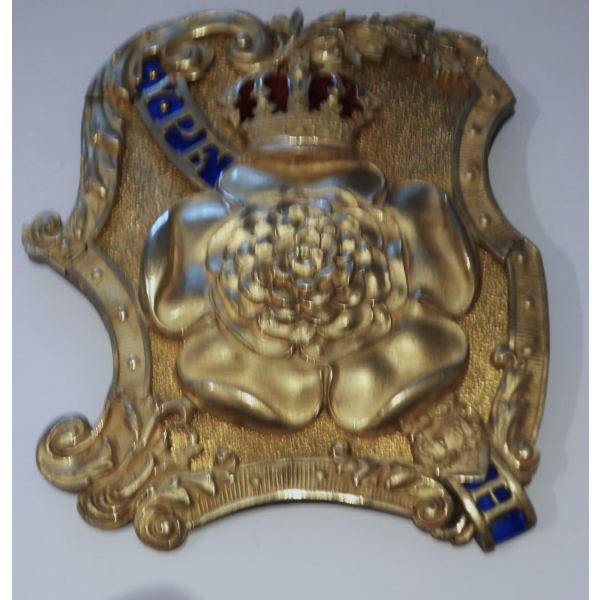Collecting militaria for a fair exchange.
Royal Fusiliers Officers Early Victorian Shoulder Belt Plate
£2,000.00
This is a fine example of the Royal Fusiliers Officers Early Victorian Shoulder Belt Plate worn prior to 1855 (Parkyn 114). With intact blue enamel behind the lettering and red behind the Crown, and a large Tudor rose to centre. Superb condition. Price includes overnight tracked delivery to a UK address.
Availability:
In stock
SKU
CX1205572408



